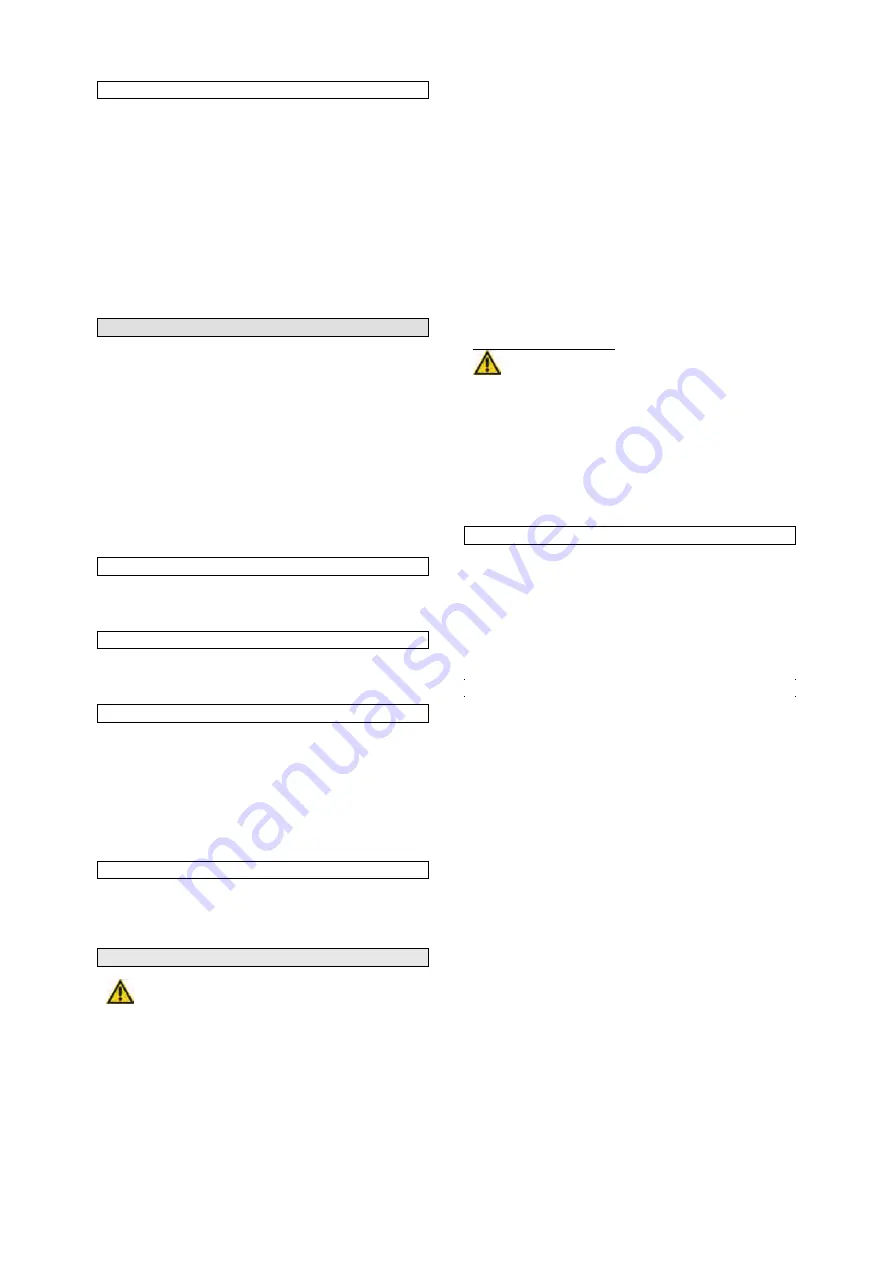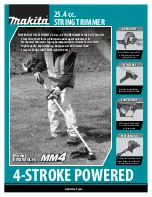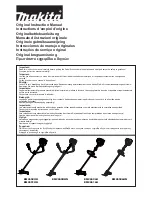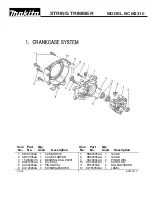
Behaviour in case of emergency
First aid kit must always be available in the place of your
work in case of accident in accordance with
DIN 13164
.
Material taken out of the first aid kit needs to be
supplemented right away.
If help is needed, please provide the following details:
Place of accident
Accident nature
Number of injured persons
Injury type
Provide necessary first aid treatment corresponding to the
injury nature and seek qualified medical help as soon as
possible.
Disposal
Disposal instructions are illustrated in the form of
pictograms on the device or packaging. Description of the
pictograms is given in "Identification" chapter.
Disposal of transport packaging
Packaging protects the device against damage during
transport. Packaging materials are usually selected
according to their effect on environment and disposal
methods and can therefore be recycled. Returning of the
packaging back to circulation saves resources and costs
for packaging disposal. Parts of the packaging (e.g. foil,
styropor) may be dangerous for children.
Risk of suffocation!
Keep these parts of the packaging
out of reach of children and dispose as soon as possible.
Operator requirements
The operator must carefully read the Operating
Instructions before using the appliance.
Qualification
No special qualification is necessary to use the appliance
apart from detailed instructions by an expert.
Minimum age
The appliance may only be operated by persons over 18
years of age who have been instructed in handling and
operating the appliance. Young people between 16 and 18
years of age may only work with the appliance when
supervised by an adult.
An exception includes youngsters operating the appliance
within their professional education to achieve necessary
skills under trainer's supervision.
Training
Using the appliance only requires appropriate instructions
by an expert or reading the Operating Instructions. No
special training necessary.
Inspections and servicing (pic. A+B)
The following instructions apply to standard
conditions of use. Under more difficult conditions,
such as high levels of dust, strongly resinous wood
and long daily working hours, it is necessary to
shorten the intervals adequately.
Check the following before starting any work:
•
Hand
throttle
•
Appliance
completeness
•
Jaw or shearing knife fitting
•
Sharpening
condition
•
Guide bar for any wear or damage
Check the following after finishing your work:
Appliance completeness – clean it.
Check and treat regularly the following:
•
Air filter (clean it if necessary)
•
Spark plug (replace it if necessary)
•
Shearing knife sharpening condition (clean and lubricate
it properly)
•
Every 5 hours of operation, grease the knife transmission
(lubricator pic. A/10)
with common multi-purpose fat.
Knife sharpening (pic. B)
CAUTION!
Switch the hedge trimmer off before any
servicing or repair.
•
Put the upper and bottom knives over each other so that
they overlap each other.
•
Sharpen carefully the cutting areas at the given angle (e.g.
using the Güde high-speed grinder)
•
Repeat the steps for all cutting areas of the upper and
bottom knife.
If the shearing knife is damaged too much, it may only be
replaced by an authorised service partner.
Safety instructions for inspections and servicing
Only a regularly serviced and treated appliance may be a
satisfactory aid. Insufficient servicing and maintenance
may lead to unexpected accidents and injuries.
•
Make sure the appliance is switched off.
•
Never use aggressive cleaning agents for
cleaning. This could lead to appliance damage or
destruction.
14
Summary of Contents for TT-HT230B
Page 1: ...BCIE SARL gruuss strooss 28 L 9991 Weiswampach Lot 10 2017 Made in China...
Page 2: ...1 11 10 4 3 8 9 2 7 6...
Page 3: ...B C 180 D E F 3...
Page 16: ......


































